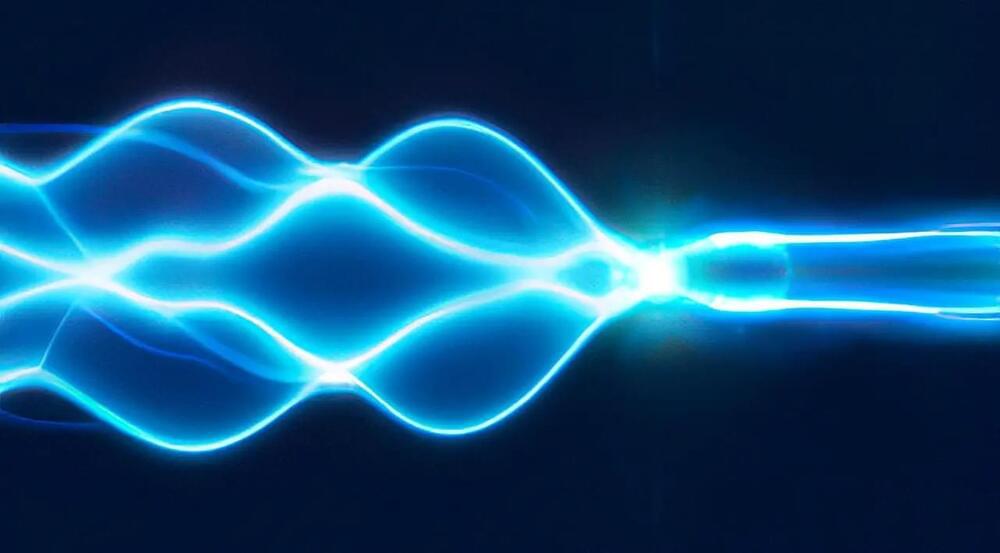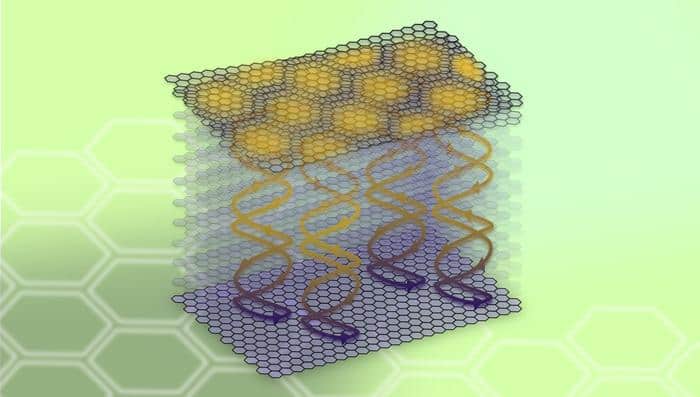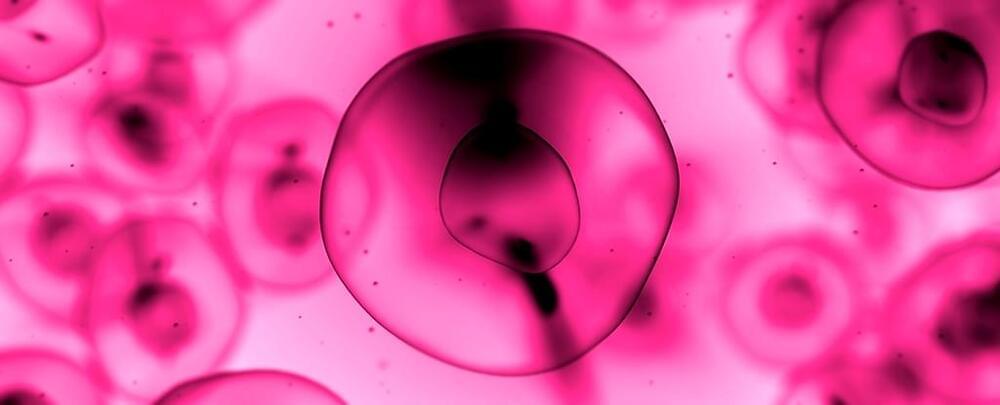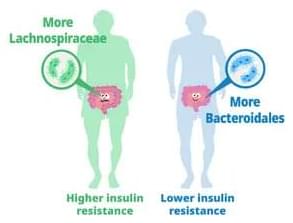Sep 1, 2023
China approves home-grown ChatGPT-like bots for public use
Posted by Gemechu Taye in category: robotics/AI
Tech stocks saw a jump after 11 companies received the necessary clearances to offer services to more than a billion potential users.
The Cyberspace Administration of China (CAC) has officially given its approval to multiple tech firms, allowing them to offer their artificial intelligence (AI) powered chatbots on a large scale, Reuters.
Chinese tech firms have spent billions on developing AI models after the resounding popularity of OpenAI’s ChatGPT last year. The US-based company is estimated to rake in a billion dollars in revenue over the next year, a recent report from The Information said.



 עברית (Hebrew)
עברית (Hebrew)













